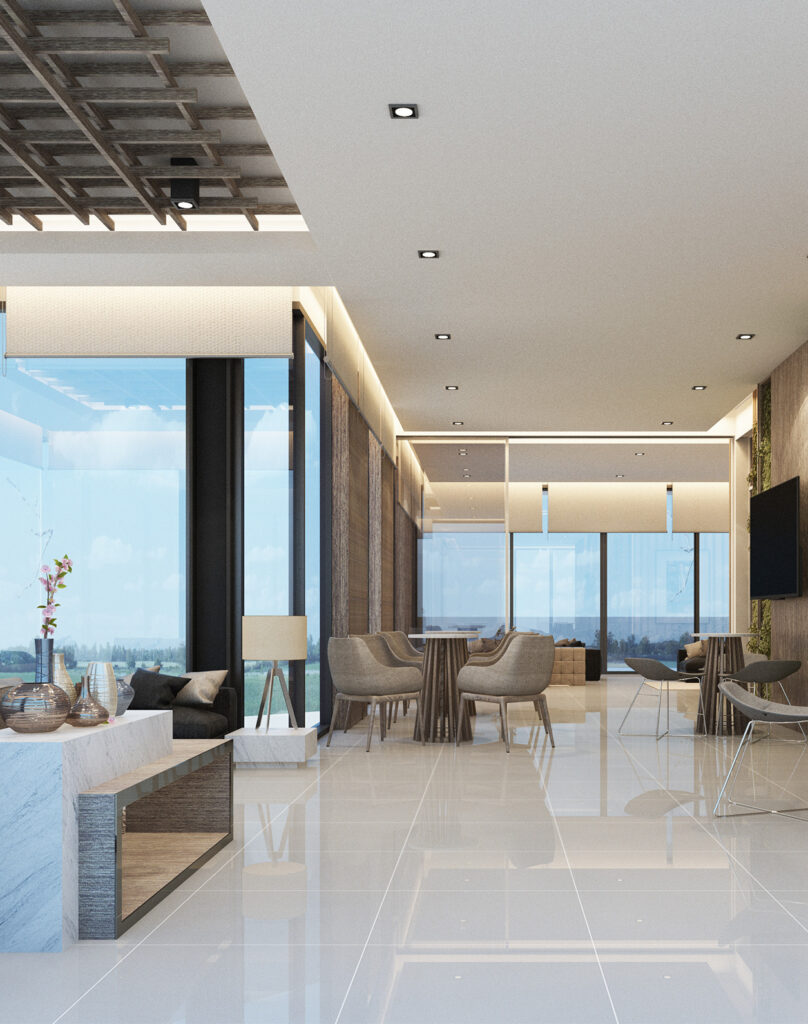Article
The Integral Role of Acoustics in Daily Life the unseen force of sound that sculpts our emotions

Imagine a world where the unseen forces of sound sculpt our emotions, shape our interactions, and dictate the ambiance of every room we enter. This isn’t fantasy; it’s the profound reality of acoustics, an invisible yet omnipresent factor that influences our daily lives, well-being, and the essence of our spaces. Understanding acoustics uncovers a truth often overlooked: our environments are more than just physical spaces; they’re canvases for sound, meticulously designed to resonate with our innermost desires for connection, peace, and fulfillment.
Acoustics is a discipline of physics that studies the nuances of sound. Architectural acoustics, a specialized field dedicated to our constructed environments, is what we typically associate with the term acoustics. Through hearing, one of the most critical senses, architectural acoustics contribute to our perception of space and place indoors and out.

Acoustics Matter in Everyday Life
In urban landscapes, the acoustic design of buildings and public spaces affects our physical health and influences our sense of community and belonging. The hum of a busy café or the echo of a bustling marketplace is not merely background noise but a vital part of the urban experience, enhancing social interactions and fostering a sense of place.
At home, the importance of sound quality becomes even more personal. The way sound travels through our living spaces can transform the atmosphere of a room, affecting our mood, productivity, and even our health. Whether it’s minimizing external noise for a peaceful night’s sleep or optimizing the sound system for a movie night, acoustics is crucial in making our homes sanctuaries of comfort and relaxation.
Moreover, effective communication, a cornerstone of our daily interactions, relies heavily on good acoustics. In educational settings, offices, or public speaking events, the clarity and intelligibility of speech can enhance learning, collaboration, and engagement. Conversely, poor acoustics can lead to misunderstandings, fatigue, and decreased productivity, highlighting the necessity of sound design in public and private spaces.
Research has established a connection between our emotional reactions and the acoustic characteristics of different environments. Spaces with minimal reverberation, such as cinemas or quaint bookshops, are often associated with feelings of humor and warmth, fostering a sense of closeness and intimacy. On the other hand, environments characterized by a higher degree of reverberation, like cathedrals, evoke feelings of romance and intrigue, enhancing the overall mystery and emotional depth of the experience.
The design of our living and working spaces plays a crucial role in our acoustic well-being. Spaces with intentional shaping, material selection, finishes, and furnishings minimize unwanted noise and enhance our lives by fostering environments where concentration, relaxation, excitement, and interpersonal connections can flourish.

Acoustics Matter to Your Sense of Space
The study of architecture has shown that the shaping of spaces influences our emotions. For example, spaces with lofty ceilings promote expansive, abstract thinking, whereas spaces with lower ceilings encourage detailed, focused consideration. Our perception of space is not solely defined by visual cues; acoustics plays a crucial role in shaping how we experience and feel about the environments we inhabit. Sound defines boundaries, enhances the character of a space, and influences our emotional and physical comfort within it.
Our brains create an acoustic image based on the sounds we hear, including the noise generated by our movements, such as the rustling of clothes, footsteps, and our voices, in addition to sounds from other sources within the space. These sounds, interacting with the space’s acoustics, enable our auditory system and brain to form a comprehensive acoustic representation of the space around us. This representation produces a detailed acoustic image of the horizontal space and a less detailed but still critical image of the vertical space. Through this three-dimensional acoustic imagery, we can discern whether we are in a space with a high ceiling, like a European Gothic cathedral, or a lower ceiling, like a parking garage. This understanding extends to every space we encounter.
Acoustics Matter
Firsthand experiences often highlight the importance of acoustics in our sense of space. A room where sound is carefully managed can become a sanctuary, a retreat from the outside world where one can think, relax, and recharge. Conversely, a space with poor acoustics can feel unsettling and unwelcoming, demonstrating how sound—or the lack thereof—can profoundly influence our sense of belonging and comfort.
The impact of sound on our lives is profound and far-reaching. From shaping our daily experiences and well-being to defining our sense of space and enriching the music that moves us, acoustics is an invisible yet powerful force that touches every aspect of our existence. When harmoniously integrated, acoustics can elevate, inspire, and connect us in ways that transcend the physical realm.
Yet, when neglected, the absence of thoughtful acoustic design can lead to environments that detract from our quality of life, underscoring the importance of sound in creating spaces that nurture and uplift. As we move forward, let us embrace the art and science of acoustics, ensuring that it plays a vital role in designing the soundtrack of our lives and fostering spaces of harmony, creativity, and connection.
More from L-Acoustics
Technologies, solutions, news, and stories related to this article.


